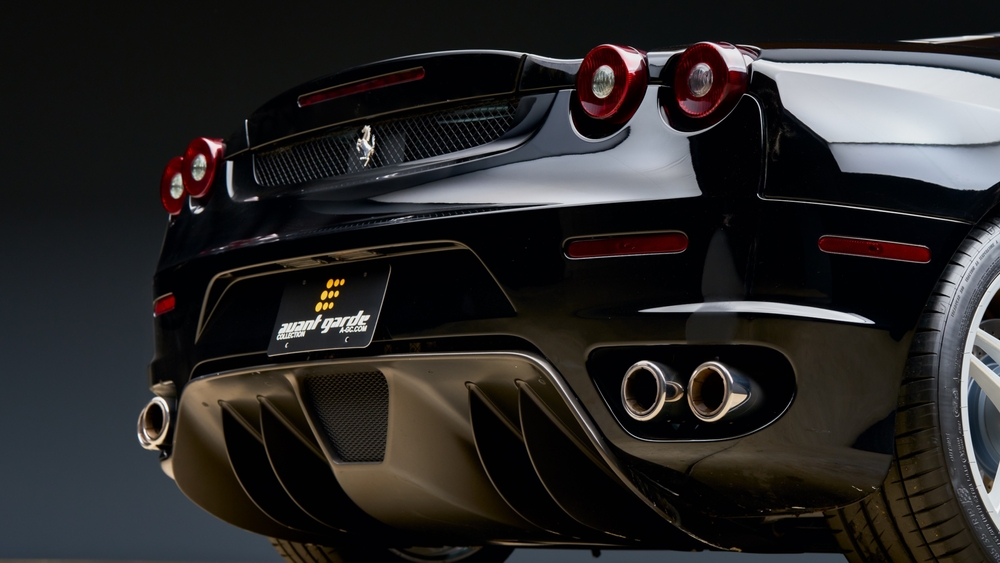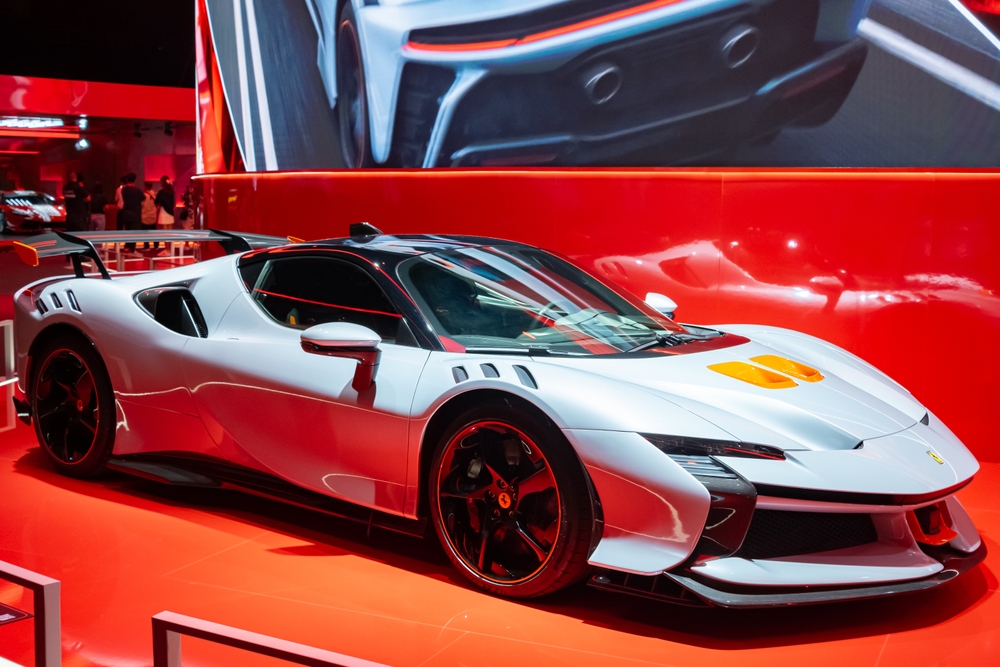The roar of a Ferrari engine has long been synonymous with power, luxury, and adrenaline. However, as the automotive world shifts toward electric vehicles (EVs), iconic brands like Ferrari face a unique challenge: replicating that soulstirring exhaust note in silent electric cars. In a bold move, Ferrari has introduced fake exhaust sounds to its electric models, sparking debates among enthusiasts and tech lovers alike. This blog dives into Ferrari’s innovative strategy, compares it with competitors, and explores how synthetic sounds could redefine the future of luxury EVs.
Why Ferrari’s Fake Exhaust Sound Matters
For decades, Ferrari’s identity has been tied to its thunderous V8 and V12 engines. The transition to electric powertrains, while environmentally necessary, risks stripping the brand of its auditory DNA. Recognizing this, Ferrari engineers have developed a synthetic exhaust system designed to mimic the growl of traditional engines.
This technology uses advanced speakers and software algorithms to recreate engine notes in realtime, responding to acceleration, speed, and driver input. The sound is projected both inside the cabin and externally, ensuring pedestrians remain aware of the vehicle’s presence—a safety requirement for EVs.

How Ferrari’s Synthetic Sound Technology Works
The fake exhaust system is engineered through a combination of hardware and software:
1. External Speakers: Strategically placed near the rear diffuser to emulate the direction of traditional exhausts.
2. AI Algorithms: Analyze driving patterns to adjust pitch and volume dynamically.
3. Interior Acoustics: Enhanced cabin speakers provide drivers with an immersive experience.
By leveraging these elements, Ferrari aims to preserve the emotional connection drivers have with their cars, even as they embrace sustainability.
Ferrari vs. Competitors: A Grid Comparison
To understand Ferrari’s approach, it’s essential to compare it with other luxury brands entering the EV space. Below is a breakdown of how different automakers are tackling the “silent car” dilemma:
| Brand | Model | Technology Used | Key Feature | Market Response |
|---|---|---|---|---|
| Ferrari | Upcoming EV (2025) | AI-Driven Sound Synthesis | Dynamic, driver-responsive exhaust notes | Mixed (praised for innovation, criticized as “inauthentic”) |
| BMW | i4 M50 | IconicSound Electric | Composed by Hans Zimmer | Positive (applauded for creativity) |
| Porsche | Taycan | Electric Sport Sound | Sporty, futuristic tones | Moderate (seen as gimmicky by some) |
| Tesla | Model S Plaid | Minimalist Approach | No artificial sound | Polarized (loved by purists, disliked by traditionalists) |
| Mercedes | EQS | Mercedes-EQ Sound Experience | Customizable acoustic profiles | Positive (versatility appreciated) |
The Debate: Innovation or Gimmick?
While Ferrari’s synthetic exhaust system is a technical marvel, it has divided opinions. On one hand, enthusiasts argue that artificially engineered sounds can never replace the raw emotion of a combustion engine. Critics label it a marketing ploy to appease loyalists reluctant to embrace EVs.
On the other hand, the technology is celebrated as a bridge between tradition and progress. By retaining auditory familiarity, Ferrari could ease the transition for its customer base while attracting new buyers who crave sustainability without sacrificing passion.
Moreover, synthetic sounds address regulatory requirements. EVs are often mandated to emit pedestrian warnings at low speeds, and Ferrari’s system turns this obligation into a branded experience.
The Future of Electric Vehicle Acoustics
As more automakers experiment with artificial sounds, the EV landscape is set to become a symphony of engineered audio. For instance, BMW collaborated with composer Hans Zimmer to create futuristic soundscapes, while Mercedes allows drivers to customize their car’s “voice.”
Ferrari, however, is expected to focus on authenticity. Rumors suggest its system will replicate historic engine notes from models like the F40 and LaFerrari, offering a nostalgic yet forwardthinking experience.

A New Era for Ferrari
Ferrari’s decision to introduce fake exhaust sounds underscores its commitment to heritage while adapting to modernity. Though controversial, this innovation highlights the brand’s dedication to delivering emotional performance—whether through horsepower or harmonics.
As the 2025 launch of Ferrari’s first electric model approaches, the automotive world watches closely. Will synthetic sounds win over purists, or will they remain a niche feature? Only time will tell, but one thing is certain: Ferrari’s roar, real or recreated, isn’t fading away anytime soon.
What’s your take on Ferrari’s fake exhaust sounds? Share your thoughts in the comments, and don’t forget to subscribe for updates on the latest in EV technology!

